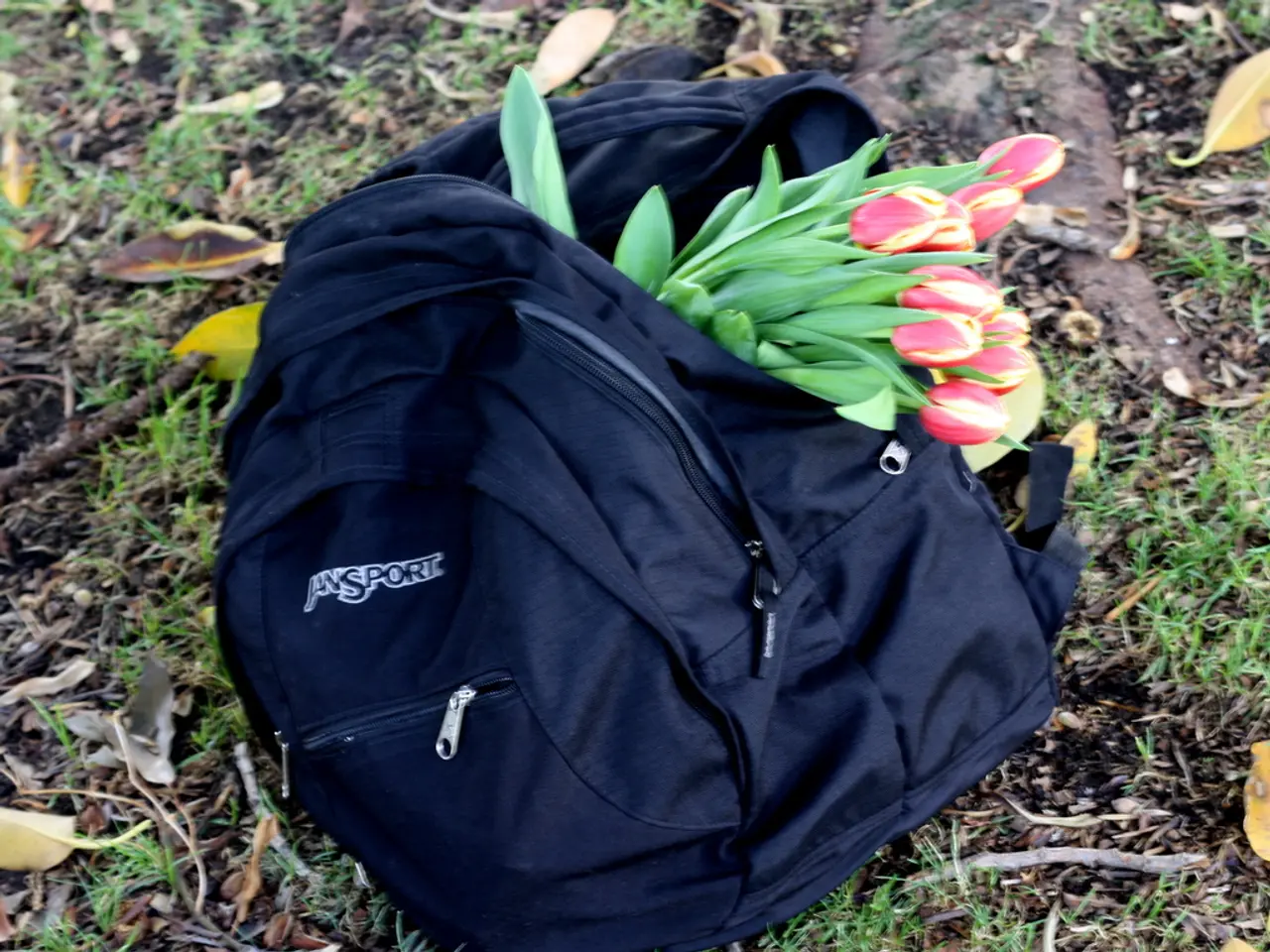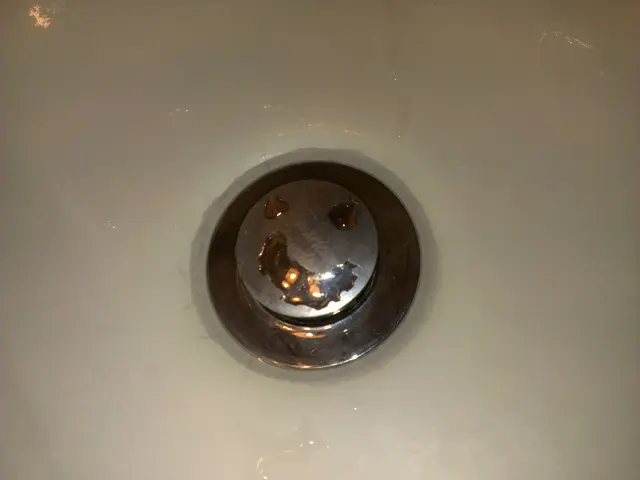Discovering High-Quality Grow Bags for Optimal Plant Development
==================================================================================================
Fabric and plastic grow bags have become popular choices for gardeners seeking a convenient, space-efficient, and reusable solution for growing a variety of crops. This article will delve into the pros and cons of both types of grow bags, helping you make an informed decision based on your gardening conditions and plant preferences.
Fabric Grow Bags: A Breath of Fresh Air
Fabric grow bags offer numerous advantages over their plastic counterparts. For one, they are made from lightweight, breathable materials that promote better aeration and drainage, allowing air to reach roots and excess water to drain easily, fostering healthier soil and root systems [1][2][3].
Another benefit of fabric grow bags is air pruning of roots. Roots reaching the bag edges are naturally pruned by exposure to air, preventing circling and encouraging fresh root growth, which improves plant health [1][2][5]. Fabric bags are also lighter than plastic or ceramic pots, making them convenient for terrace or balcony gardening and easy to shift as needed [1][2].
Moreover, fabric bags allow heat to dissipate, keeping soil cooler in summer compared to plastic, which can trap heat and stress plants [2]. Many fabric bags are made from recycled or biodegradable materials, making them a more sustainable choice than plastic [1][3]. They are flexible, easy to store when not in use, and reusable across seasons [3].
However, fabric bags do have some drawbacks. Because of their air permeability, they can dry out faster and may require more frequent watering, especially in hot climates or direct sun [4]. Fabric bags can degrade over time or lose strength after multiple uses, especially if exposed to harsh sunlight or rough handling [4]. Their aesthetic appeal may also be limited compared to plastic or ceramic pots [3].
Plastic Grow Bags: A Solid Option with Trade-offs
Plastic grow bags, on the other hand, are waterproof and retain moisture longer but tend to trap heat and restrict air movement, which can lead to root circling and less healthy root systems. They are generally more durable and visually uniform but less breathable [1][2][3][4].
Plastic grow bags can be heavier and less flexible to store or move compared to fabric bags [1][2]. However, they are widely available and can be found at local gardening vendors, eBay, Amazon, or eco-friendly online stores [4]. Plastic grow bags are often used in nurseries and are less versatile than fabric grow bags.
In Summary
Both fabric and plastic grow bags have their merits and drawbacks. Fabric grow bags are advantageous for aeration, root health, lightweight portability, and environmental sustainability, while plastic bags may offer greater moisture retention, durability, and aesthetic options but at the cost of poorer drainage and root health [1][2][3][4][5]. The choice depends on the gardening conditions and plant types being grown.
Grow bags, which became popular in the late 80s after hurricanes damaged greenhouses, are perfect for urban gardens or container gardens. They do not conduct heat and have permeable material that disperses heat evenly, improving airflow and beneficial to plant growth. They are easier to move around compared to terracotta pots and are ideal for growers with mobility issues due to their lightweight nature.
Garden cleanup and maintenance is easier with grow bags due to their ability to inhibit weed growth. Grow bags are beneficial in areas prone to severe weather conditions as they yield superior crops at a lower cost. They come in various sizes, with small bags accommodating up to 5 gallons and large bags up to 150 gallons. There are grow bags specifically designed for certain crops, such as potato grow bags and mushroom grow bags.
References
[1] Gardening Know How. (2021). Fabric Grow Bags vs Plastic Grow Bags. Retrieved from https://www.gardeningknowhow.com/garden-how-to/containers/fabric-grow-bags-vs-plastic-grow-bags.htm
[2] The Spruce. (2021). Fabric Grow Bags vs Plastic Grow Bags. Retrieved from https://www.thespruce.com/fabric-vs-plastic-grow-bags-4148247
[3] The Urban Farm. (2021). Fabric Grow Bags vs Plastic Grow Bags. Retrieved from https://theurbanfarm.net/fabric-grow-bags-vs-plastic-grow-bags/
[4] The Home Depot. (2021). Grow Bags. Retrieved from https://www.homedepot.com/b/Gardening-Plants-Planting-Soil-Grow-Bags_N_5yc1vZ1z1z0z10z1p
[5] Garden Myths. (2021). Air Pruning in Fabric Pots. Retrieved from https://www.gardenmyths.com/air-pruning-in-fabric-pots/
- For home-and-garden enthusiasts seeking a sustainable, lightweight, and efficient growing solution for their terrace or balcony garden, fabric grow bags could be an excellent choice due to their breathable materials, which promote better aeration, root health, and reusability.
- If you're planning to grow plants in a home-and-garden environment and prefer aesthetically uniform grow bags with moisture retention properties, plastic grow bags might be a more suitable choice. However, they may create problems like poorer drainage and root health compared to fabric bags.





